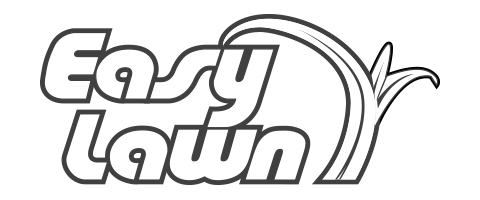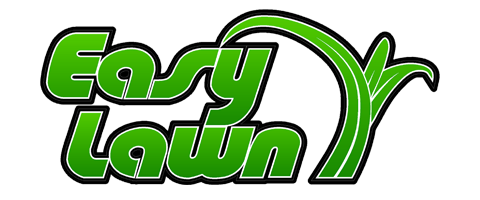Hydroseeding® 101: What is HydroSeeding?
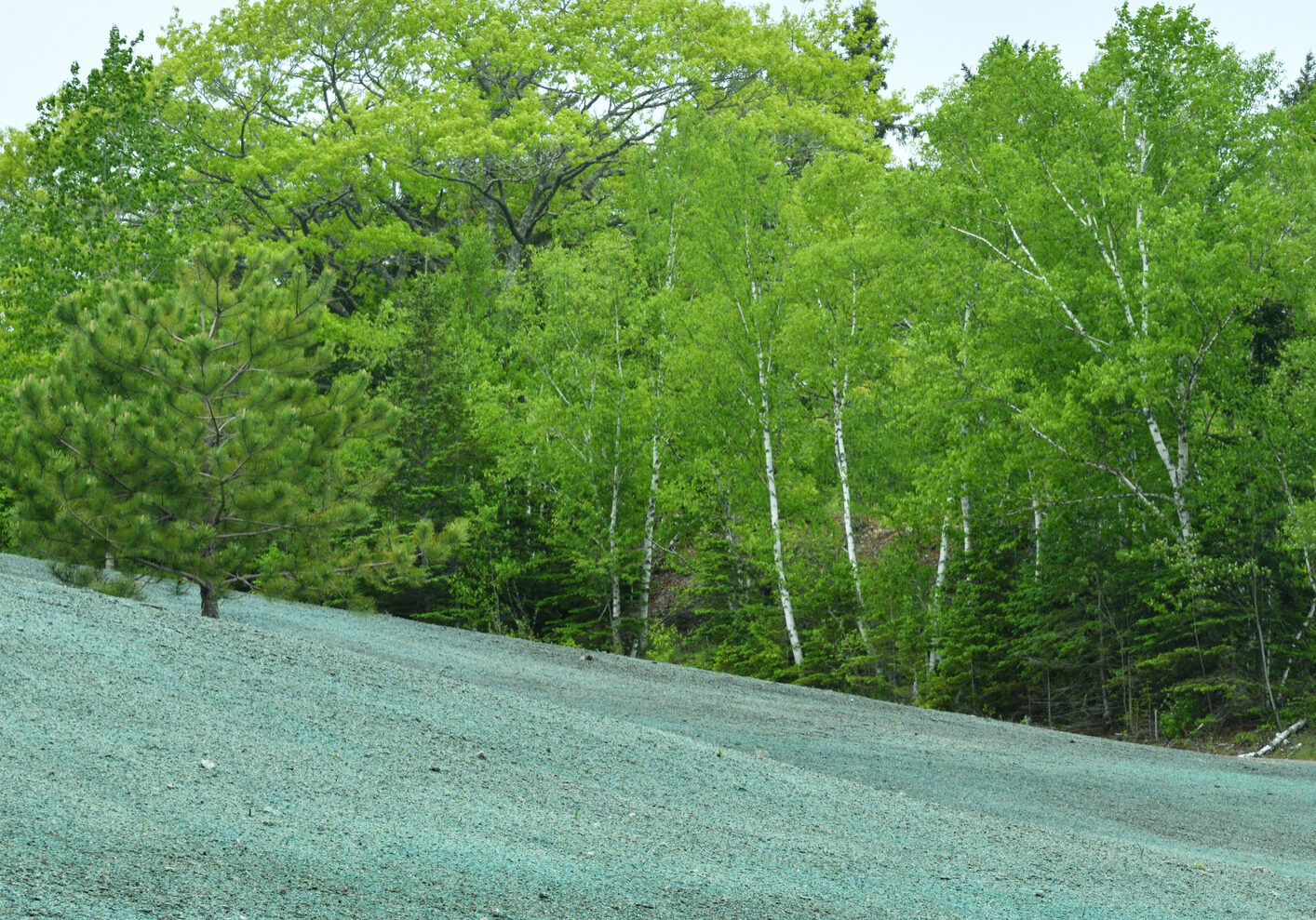
Share this article!
HydroSeeding is a process where seed and any combination of fertilizer, lime, biostimulants, moisture retention polymers, tackifiers, and other additives are combined with water and a hydroseeding mulch to form a slurry that is sprayed onto the ground to establish vegetation and control erosion.
These ingredients are mixed in a truck or trailer mounted tank that contains either a jet agitation system or a mechanical agitation system which creates a homogenous slurry that is then transported to the job site and sprayed over prepared ground in a uniform layer.
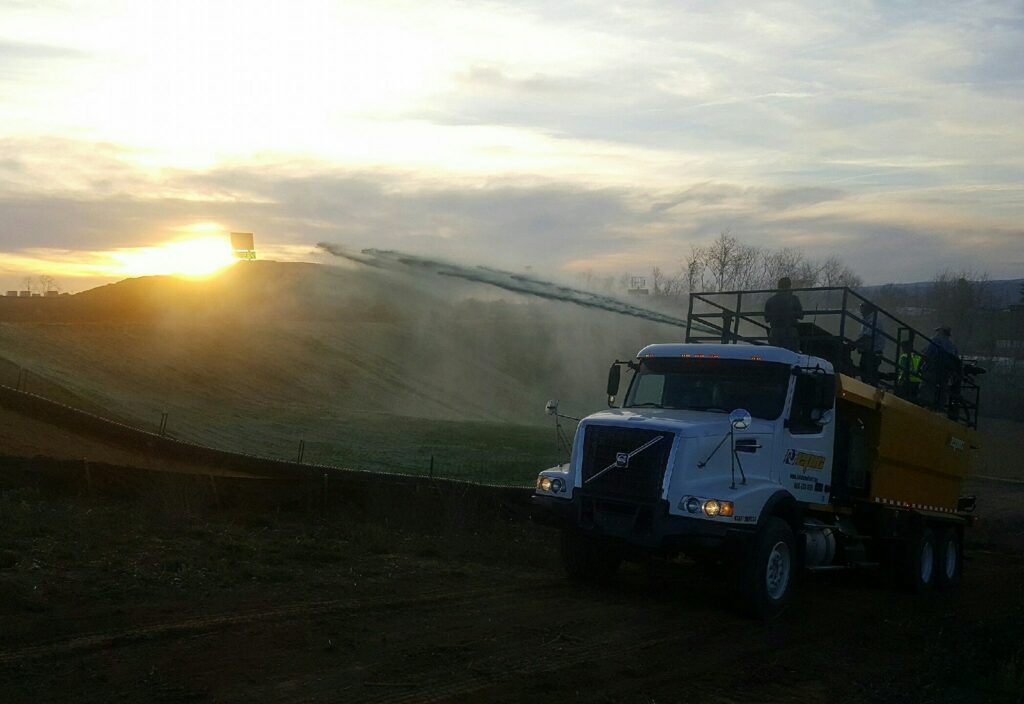
Hydroseeding has grown in popularity in the landscaping, construction and erosion control industries, to name a few. This popularity in recent years has come as professionals in these industries recognize hydroseeding for its speed and efficiency.
In turn, businesses offering this service and equipment required for effective hydroseeding operations has experienced increased demand. However, few people know much about the hydroseeding process and why it works as well as it does.
To successfully provide effective hydroseeding services, it’s important to learn everything you can about the process and what to expect out of it. It’s also important to understand what to look for in high-quality hydroseeding equipment, so your hydroseeding service has the best tools for the job.
To help, we’ve put together this detailed outline of the hydroseeding process, its components and what to look for in hydroseeding equipment.
What Are the Benefits of Hydroseeding?
HydroSeeding offers many advantages over conventional seeding processes:
- Lawn Types and Varieties: Spraying seeds over a lawn means you can plant on nearly any kind of surface — flat, sloped or uneven. The slurry not only evenly coats these terrains, but also ensures the seeds stay in place.
- Time Efficiency: Spraying is much faster than manually spreading seeds, taking half the time of conventional seed spreading. Seed growth is also much faster due to the nutrient boost from the slurry, taking about a week on average to show the first grass shoots
- Slope Stabilization: Roots provide a stable base to hold back dirt and keep it in place despite gravity or erosion. Hydroseeding and hydromulching also accomplish this by binding to the ground and holding fast as the seeds germinate and take root.
- Erosion Control: As the slurry dries, it hardens, protecting the seeds from movement and wind or water erosion. This prevents patchiness and helps develop complete lawn coverage over uneven terrain.
- Labor Savings: One of the largest cost-saving advantages to hydroseeding is the reduced labor costs. This is because all of the ingredients needed for the seedbed are included in the slurry and applied at the same time. Conventional seeding methods typically require applying each ingredient separately. Additionally, conventional methods using straw or hay need to have that covering removed once the seeds establish themselves, increasing the labor input. Hydroseeding eliminates this requirement because the mulch breaks down and becomes part of the soil over time.
- Cost Reduction: Hydroseeding can be around a third of the cost of the price of sod, and significantly lower than most other conventional methods.
Virtually any grass or ground cover that can be planted by seed can be HydroSeeded. This includes any sun or shade lawn seed, athletic field mixes, pasture mixes, native grasses, wildflowers, roadside mixes and erosion control mixes. In order to provide this type of lawn service, it’s important to find high-quality HydroSeeding Equipment for sale to offer outstanding performance.
Types of Mulch That Can Be Included in a Hydroseeding Slurry?
There are several different types of HydroSeeding mulches available today and the selection is constantly growing. Each type of mulch has its place, whether it is tacking straw, low cost lawn establishment, premium lawn establishment, slope stabilization, severe erosion control, or daily cover on landfills.
Price, application, and local availability usually are the driving factors in choosing the ideal HydroSeeding mulch. HydroSeeding mulch usually comes in 40 – 50 pound bales and contains a dye to help you achieve an even application. Most mulches come in a compressed bale that must be broken up by hand or by the HydroSeeding/HydroMulching machine. Some mulches are manufactured with a special process that allows them to be poured into the tank. Additionally, some mulches contain additives such as synthetic fibers or tackifiers. Check out a list of some of the more common HydroSeeding mulches on the market today.
- Paper Mulch
- Wood Fiber Mulch
- Wood/Paper Blend Mulch
- Pourable Mulch
- Straw Mulch
- Cotton Fiber Mulch
- Erosion Control Mulch – BFM’s, FRM’s, EFM’s, SMM’s, etc.
- Alternate Daily Cover – Used on the working face of landfills
What is the History of Hydroseeding and Hydromulching
Hydroseeding began in the United States during the 1950s, when Connecticut constructed the first commercial hydroseeding unit. At the time, the construction of the new Interstate Highway System by the Eisenhower administration changed the way roads were built across the United States.
Instead of running roads around or over hills, these new road systems went through them, resulting in excessively steep hillsides, which were next to impossible to seed with conventional methods. The hydroseeder was a response to this new need, spreading seed quickly and efficiently along highways while simultaneously helping prevent erosion.
The new technology, armed to handle steep slopes and rough terrains, spread quickly throughout the United States as a way to seed these hard-to-landscape places, and they only grew in popularity as people noticed that the grass planted with hydroseeding grew faster and better than the grass planted with conventional methods.
The earliest hydroseeding machines used a jet system with peat moss as the mulch agent. The machines worked well, but were prohibitively expensive, so only big seeding jobs justified using them. As time went on, methods and manufacturing improved enough to see more affordable hydroseeding machines hit the market, especially as demand increased for a quick and easy solution to the grass planting needs of the nation.
For example, soon after hydroseeding gained popularity, straw blowers came onto the scene. These machines sprayed straw-based mulch over the seed planted with hydroseeders, protecting the seeds from temperature extremes while preventing erosion and retaining moisture.
These advancements and developments paved the way for the hydroseeders and hydro mulchers of today to rise up in the landscaping world.
What Industries Use Hydroseeding?
Many industries use hydroseeding for a number of applications, including the following:
- Residential and Commercial Landscaping: Hydroseeding can create a beautiful lawn for any residence or business, growing a healthy, well-protected and long-lasting lawn.
- Landfill Covers: Landfills can be difficult to cover over, and require a healthy root system to prevent movement of the contents beneath. Additionally, hydromulch can provide the nutrients often lacking in landfill soil.
- Mine Reclamation: Like landfills, mines often have nutrient-poor soil, which requires a good deal of support for anything to grow. Hydromulch can make up the difference.
- Roadsides: Roads often cut through a variety of terrains, and high vehicle speeds create some amount of wind, which causes erosion over time. A hydroseeded roadside can settle into any slope and simultaneously prevent erosion due to wind.
- Athletic Fields: Athletic fields are large areas that require a level and evenly covered playing field to prevent player injuries.
- Fire Suppression and Revegetation: Hydroseeding can help establish new growth in even unforgiving or barren environments. Hydroseeding can help establish plant life within firebreaks, or reestablish plant life in a burnt area.
- Waterside Stabilization: Rising and falling water can take a toll on coastlines and stream banks, eating away at the soil. Roots from grasses and other plant life can protect against such erosion, especially grass grown with particularly erosion-resistant hydromulch.
Jet Agitation vs. Mechanical Agitation
One of the biggest decisions you must make when purchasing a HydroSeeding or HydroMulching machine is what type of agitation system you will need. There are two types of agitation systems from which you will have to choose…Jet Agitation and Paddle Agitation.
Pros & Cons of Jet Agitation Systems
Jet Agitation systems utilize a centrifugal pump for both mixing and spraying operations on the HydroSeeding machine. The pump must be run the entire time you are using the machine. A portion of the pump’s output is directed back into the tank through a series of jets to facilitate mixing of the mulch, seed, fertilizer, etc. that you will be putting in the tank. The remainder of the pump’s output is used to push the material through the hose so that it can be applied to the ground.
Easy to use & Low Cost of Ownership
Jet agitation systems are very easy to use because there are minimal moving parts or controls to contend with. You simply put water in the tank and start the engine…the pump does the rest. Because they are simple with few moving parts, Jet Agitation HydroSeeding Equipment is less expensive to own and operate than their Paddle Agitation counterparts.
Limitations of Jet Agitation
There are some limitations to Jet Agitation systems, however. Jet Agitation machines were primarily designed to run paper fiber hydroseeding mulch. Paper mulch has very short fiber length and quickly absorbs the maximum amount of water that it can handle. This makes its performance in a jet agitation machine very predictable.
If you add the correct amount of mulch, you should have trouble free operation. Many job conditions demand other types of mulch that are much less predictable. Wood fiber mulch is frequently specified on jobs where erosion is a serious concern or where temperature extremes and moisture availability are issues. Wood fiber mulch has longer fiber length which in some cases can cause clogging in a Jet Agitation system. Wood fiber mulch continues to absorb water and swell the longer it sits in the tank, which can also lead to clogging issues.
Some Jet Agitation systems can handle mixtures of wood and paper mulch, but no jet agitation machine can regularly spray 100% wood fiber mulch unless the slurry is thinned down to a point where you might as well not have any mulch in the tank at all. Jet Agitation HydroSeeding Equipment has its place in the industry, even with these limitations. In many parts of the country, paper fiber mulch is the primary mulch used on residential and small commercial jobs…and with the lower cost of ownership of Jet Agitation HydroSeeding Equipment, they are frequently the machine of choice for contractors that are just getting into the HydroSeeding industry.
Benefits of Paddle Agitation Systems
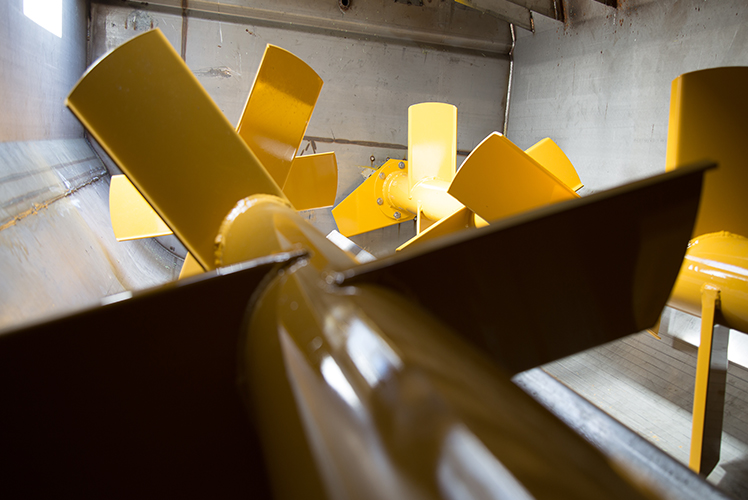
Paddle Agitation Systems have a shaft that runs the length of the tank with steel paddles mounted on it. The paddles are driven by belts and pulleys that are connected to the engine, or by a hydraulic system. The big advantage to Paddle Agitation Systems is their ability to mix any type of mulch. Whether you are mixing paper mulch, wood fiber mulch, cotton fiber mulch, or BFM’s, a Paddle Agitation System can handle it.
Designed to Spray & Mix Thick Slurries
In addition to the ability to spray any kind of mulch, Paddle Agitation Systems can mix thicker slurries than Jet Agitation Systems. This means that for the same size machine, you can fit more mulch in the tank and therefore you can spray more area per load. The spray pump on machines with Paddle Agitation Systems is used only to apply the materials to the ground, not to mix the slurry. While these machines are quite capable in terms of the products they can mix, they are also much more complex than Jet Agitation HydroSeeding Equipment.
The Methods of Powering Paddles
There are two methods of powering the paddles on a Paddle Agitation System. One method, frequently called Mechanical Paddle Agitation, uses a combination of belts, pulleys, and a clutch to drive the paddles. The other system is called Hydraulic Paddle Agitation and it uses a hydraulic motor to drive the paddles. There is a secondary drive system that powers the spray pump. One of the following three methods for driving the spray pump can be found on various machines. One method uses belts, pulleys and a clutch. An alternate method is to direct drive the pump which also requires a clutch. The third method is to hydraulically drive the spray pump. As you can see, cost of ownership is going to be higher on a machine with a Paddle Agitation system. In return for the increased cost, you get a machine with much greater capability. You won’t have to turn down a job because your machine isn’t capable of mixing the mulch that is required.
How do You Choose the Right Equipment for the Job?
When looking for a machine, you must consider the type of job you will be doing and what machine would be best suited for it. Not only should you consider the type of agitation system the machine uses, but also the load and landscape the machine is designed for.
ECPC offers the following options:
- Landscaper Series: The landscaper series consists of smaller capacity units designed to help you seed your next landscaping project as quickly and easily as possible. The 100-gallon tank easily fits in the back of a truck, and is perfect for the small-scale landscape contractor looking for professional performance.
The jet agitation system in this model ensures fast mixing, trouble-free operation and easy cleaning. Even better, this line operates at 35 psi even when maintaining full agitation. That’s enough pressure to push a slurry through 100 feet of 1.25-inch hose. If you’re looking for equipment with a punch, this is it.
- Contractor Series: The C90 is one of ECPC’s best-selling units. This 800-gallon paddle agitated unit is made for larger production sizes and a huge variety of mulches, and can easily be towed behind a one-ton pickup truck. This setup works wonders for medium to large-scale applications, and comes with numerous options for customization.
- Landfill Series: If you’re looking for a system requiring the least amount of maintenance with the greatest performance, the Landfill Series is for you. This completely hydraulically driven design comes without the chains, belts, pulleys or clutches many systems use for operating the agitator or spray pump. Instead, it features the industry’s first load-sensing hydraulic system.
The Landfill Series is designed to sense the content of your tank and compensate for pressure changes automatically. This self-regulation means a better system that’s more efficient.
This system comes in 900- and 1200- gallon tank sizes and is mounted on a heavy-duty dual axle trailer, built to handle the most challenging terrains. In addition to providing you with a smarter, more durable system, the Landfill Series helps reduce your work by facilitating easier mulch loading. The paddle agitator is also designed to be as easy to maintain as possible, meaning less work for you and your crew.
What Else Should First-Time Hydroseeder Buyers Know?
One of the most important things to know when purchasing a hydroseeder is the type and size of landscape you will be dealing with. Understanding the type of landscape you will be handing determines the types of seeds and mulch you can use, while the size determines the size of your hydroseeding machine and how much material you need to buy beforehand.
ECPC can help you plan for your project with our mulch requirements calculator. Simply insert the size of the project and the specifications of the machine you are using before you hit calculate.
